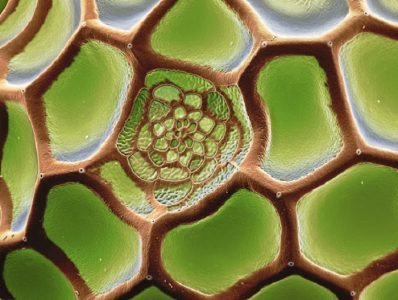The butterfly life cycle has four stages. Butterflies undergo complete metamorphosis, or in other words, a complete change of body form. They begin life as a larva hatched from an egg, pupate in the chrysalis state to emerge as a butterfly, looking nothing like their larval state.
The Butterfly Egg
The butterfly egg has a spherical, cylindrical, or ovate shape and varies in color, texture, and size depending on the species.


The hard shell, chorion, which protects the embryo is lined with a waxy layer that prevents dehydration. It is nutrient rich and is often the first meal for the newly hatched larva. A small opening in the center of a complexly patterned area on the egg, called the micropyle, allows sperm to enter the egg for fertilization while inside the female.

Butterflies use an adhesive-like substance that glues the egg to the plant leaf in an effort to protect the egg and embryo that is forming. The nature of the “glue” is still unknown in the scientific community. For protect the eggs, they are often laid on the underside of the leaf to make it harder for predators to spot them. Every species of butterfly has its own specific host plant. It is necessary for the eggs to be laid on the host plant, so the caterpillar within can begin eating and growing as soon as it has hatched. Eggs are sometimes laid in groups, although many butterflies such as the Monarch lay their eggs singly. The average time for the embryo to develop is 3-5 days but in instances where the egg is the overwintering stage, the embryo may take months to develop.
